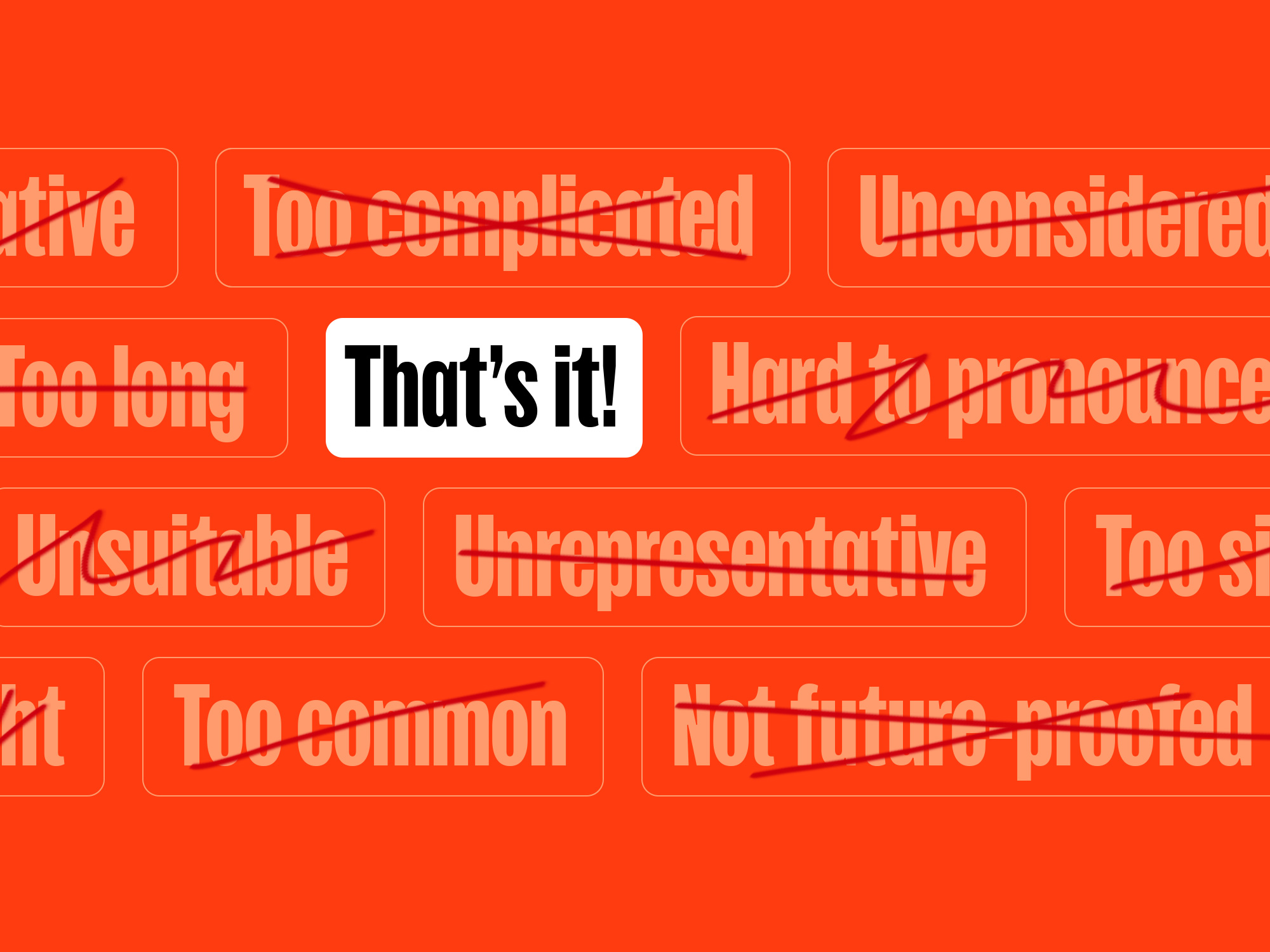
Creating a unique brand name in today’s world can be one of the single most challenging tasks a business will face. With an estimated 300 million+ companies in the world today, the chances of coming up with a name that has already been taken are high. A name needs to represent the overall mission of the company and encompass the brand positioning, values and tone of voice whilst at the same time ensure that it is ownable, pronounceable, spellable and has no negative connotations. In addition to this, a lot of names are already taken there’s only one option and that is to have a good creative process to work through.
So why it’s a brand name so important?
Having a unique brand name can have a huge impact on your business and can sometimes make or break a company if it’s not considered correctly. A strong brand name can build customer recognition, stand out in a potentially competitive market, create customer loyalty and enhance credibility while at the same time bring memorability to avoid being easily forgotten. But for this to happen there are a lot of factors you must take into consideration, so to help with the thought process we have broken down some of those key steps and also included how you can go about creating one.

So here goes (and in no particular order)…
Be original
Your brand name should not try to emulate an existing established brand name but instead, set you apart from your competitors by showing your personality as a brand and highlighting your unique attributes. And this comes down to both creative thinking and consequently carrying out due diligence by checking your chosen name against those in the market sector, which we’ll come to later.
Make it memorable
Finding a memorable brand name that your audience can remember for years to come. Just in the way that Google and Hoover have made their brand name part of the everyday language of many of their customers. However, this is not something that will happen overnight.
Future-proofed
Getting the name that resonates with your audience now, will enable it to transition with you through the key phases in your business’ journey. So, although your brand name has to work for the now, you must consider how it’d live and breathe in many years to come, how it could evolve without losing its essence. Not taking this point into account can potentially pigeon hole your business, especially if you want to expand into new areas in the future.
User-friendly
A name should be easy to pronounce and spell. A name without these qualities can potentially hinder the brand awareness and create frustration and annoyance between potential users or investors. Keeping a brand name short, to the point, and reducing the number of syllables is a good way to create a user-friendly name. Creating a name that is long and made up of multiple words can be fine when it’s on a logo lockup, but you’ll need to consider what happens to it when it becomes an URL, app icon, an Instagram account or even a hashtag. Lastly and something also to consider is that the brand name might be shortened by your customers, if this was to happen would it still work?
International
If you’re creating a brand name for an international audience, you need to do your research and checks on how a name would read and translate into other languages. As not doing this can lead to some interesting outputs as shown in this collection of some classics! Geoffrey James, The 20 worst brand translations of all time
So with these things in mind, how do you go about naming your brand?
A well-thought-out brief is the best place to start. The brief should include an outline around the business strategy and positioning, the target audience, who the competitors might be if any and any additional information that might be relevant. By having this in place you can get up and running quickly. On the contrary, it might take you twice as long to get to your brand name, risking your brand positioning not matching up to the expectations of your customers and endangering the success of your brand. The brief should be a central guide and a reference point throughout the naming process to ensure all ideas are fully considered and relatable. Only when the full team has thoroughly understood the brief, the naming process can begin.

Once a brief is written, agreed and understood it’s now time to start exploring names.
First, we need to select what type of name we would like to work with. As it is widely known, there are 7 different types of naming categories and nearly every brand name will fall under one of them. Below we have broken them down and put a couple of examples to help illustrate the different ones.
Eponymous
Embody the vision and belief of their founders. Not very creative and you need a unique name for it to work.
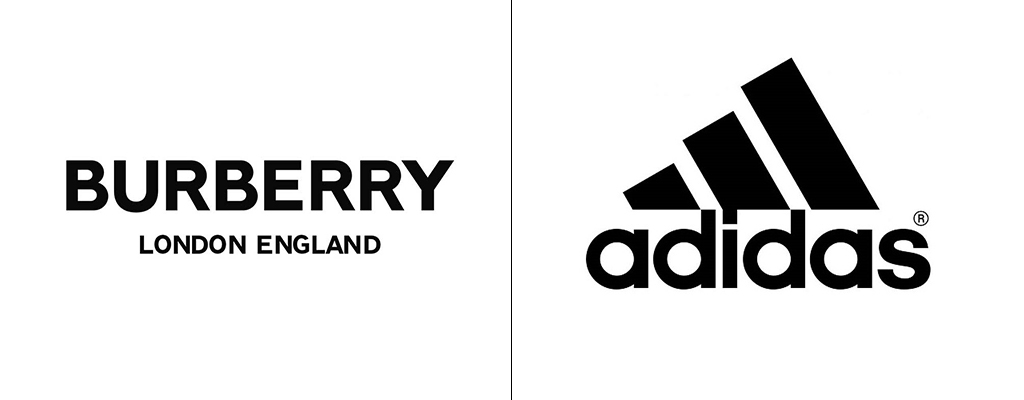
Eponymous name examples
Descriptive
A descriptive name tells you exactly what the company does. These names are harder to own and protect, and can also be a mouthful to say so aren’t always the most user-friendly.

Descriptive name examples
Acronymic
Shorthand versions of descriptive names using letters to shorten a previous title.
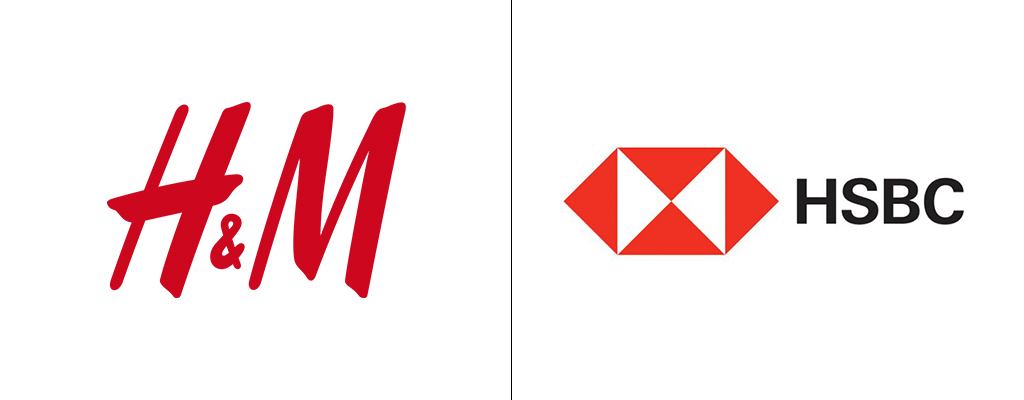
Acronymic name examples
Suggestive
There are three types of suggestive names, they all suggest what the business is or does in different ways:
Real – suggest the attributes or benefits of the business. These names can be hard to find, as many real words are already occupied.
(E.g. Uber / Slack)
Composite – these names are created by glueing to words together, which can make them memorable.
(E.g. YouTube / Netflix / Snapchat)
Invented – by changing, adding or removing words these names are unique, but there is a danger of sounding too abstract.
(E.g. Groupon / Microsoft / Skype / Instagram)
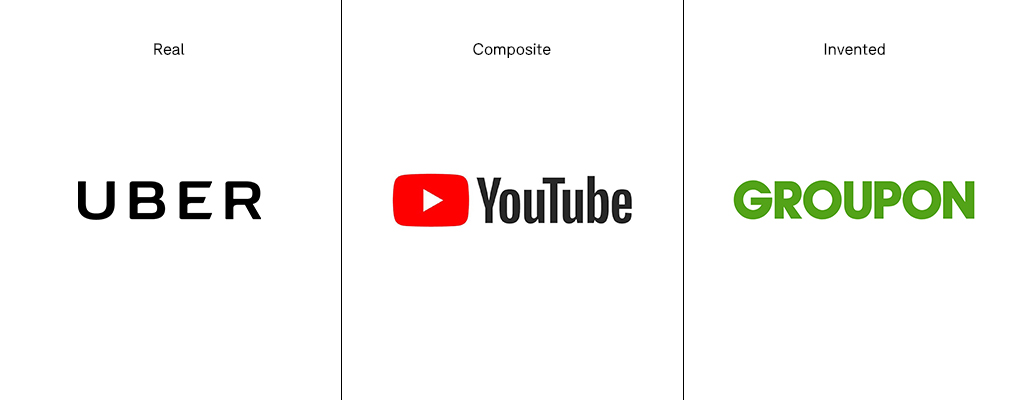
Suggestive name examples
Associative
By using existing or new words they reflect imagery and meaning back to the brand.

Associative name example
Non-English
As simple as it sounds, these are names are derived from words that are not English.
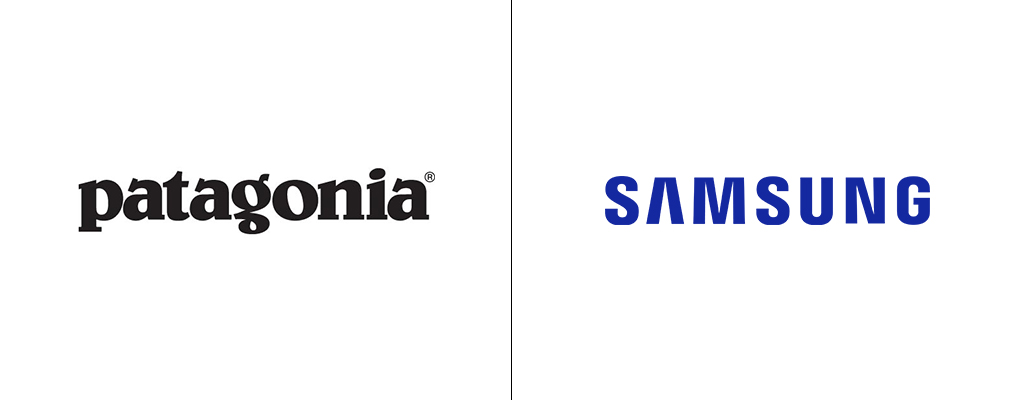
Non-English name examples
Abstract
This type of name has no intrinsic meaning, but rely on phonetics to create powerful brand names.
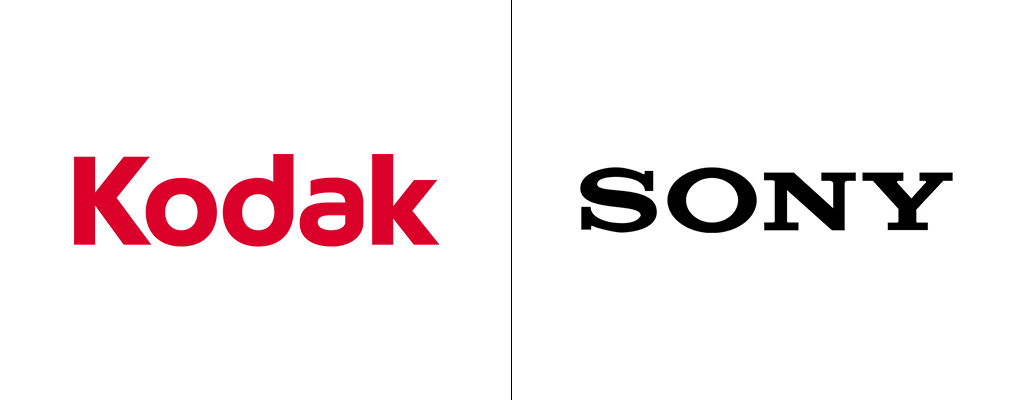
Abstract name examples
So now it’s your turn.
This is a short introduction to the naming process we follow here at MERó. We hope this has given you the essential building blocks to start thinking about the importance of naming or renaming a brand, as there is a lot to consider. Digest it, use it and mark it as a reference point to keep coming back to. If after reading this it still feels a little overwhelming then please don’t hesitate to get in touch.